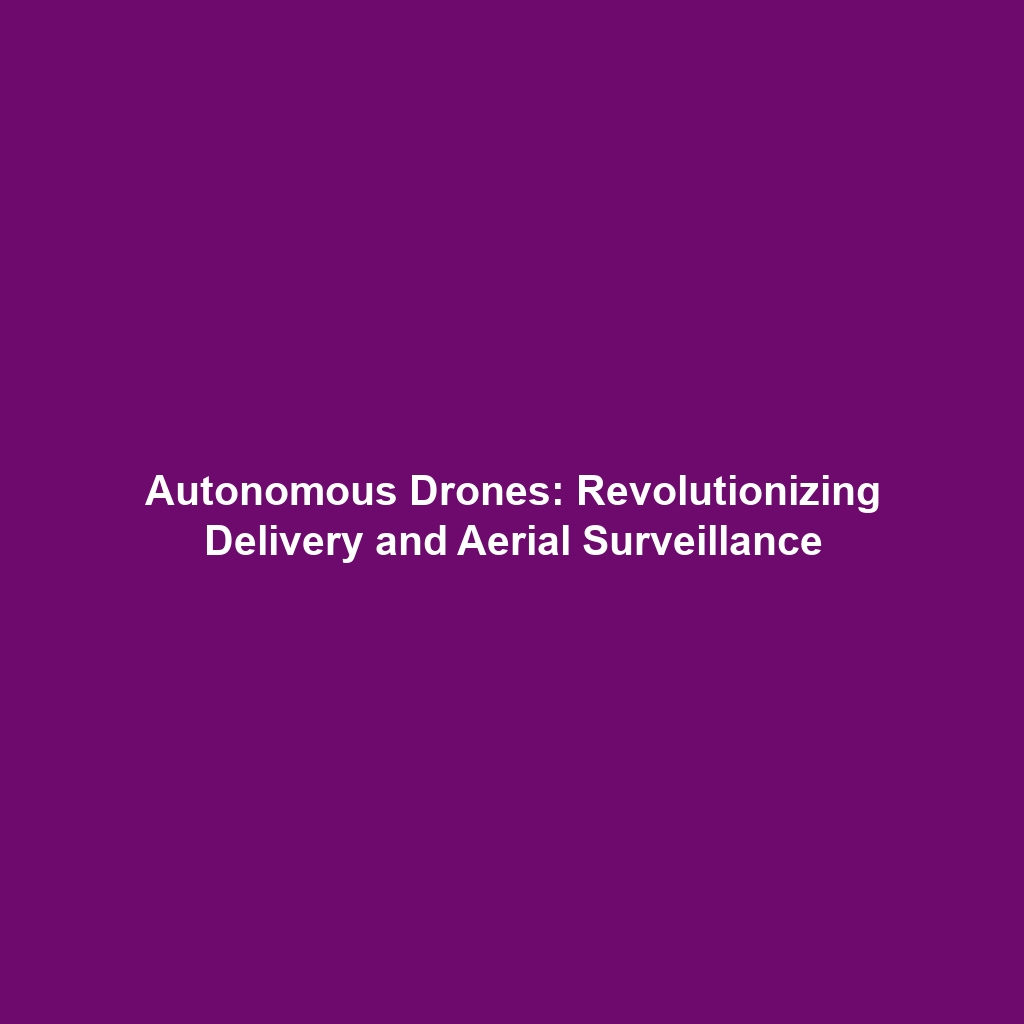Advantages of ECC: Faster Processing, Lower Power Consumption, and Smaller Storage Requirements
In the evolving landscape of cryptography, the adoption of Elliptic Curve Cryptography (ECC) is rapidly gaining traction, primarily due to its significant advantages. These advantages, specifically faster processing, lower power consumption, and smaller storage requirements, make ECC a preferred choice for secure communications in a world increasingly reliant on data privacy. Understanding these benefits is vital for organizations aiming to leverage cryptography effectively while maintaining operational efficiency.
Key Concepts of ECC
ECC operates on the mathematics of elliptic curves, which are algebraic structures providing a high level of security with relatively short keys. Here are key concepts relating to the advantages of ECC:
- Faster Processing: ECC enables quicker computations compared to traditional cryptographic methods such as RSA, leading to efficient encryption and decryption processes.
- Lower Power Consumption: Due to its mathematical efficiency, ECC requires less computational energy, making it ideal for devices with limited power resources, such as IoT devices.
- Smaller Storage Requirements: ECC’s shorter key lengths allow for reduced storage needs, facilitating easier management of cryptographic keys.
How ECC Fits Within Cryptography
Elliptic Curve Cryptography enhances traditional methods by providing equivalent security levels at shorter key sizes, significantly impacting the field of cryptography.
Applications and Real-World Uses
The implementation of ECC offers numerous practical applications within cryptography. Here are some notable examples:
- Mobile Devices: ECC is widely used in securing data transmission across mobile networks, providing enhanced security with minimal resource requirements.
- Secure Email: ECC guarantees the confidentiality and authenticity of emails, making personal and professional communications secure.
- Blockchain: Elliptic curves play a crucial role in various blockchain technologies, enhancing security protocols in cryptocurrency transactions.
These applications illustrate how ECC is utilized in protecting sensitive information within the realm of cryptography.
Current Challenges
While ECC offers considerable advantages, some challenges still hinder its broader adoption:
- Complexity of Implementation: The mathematical concepts behind ECC can be complex, creating barriers for developers.
- Standardization Issues: Variations in algorithms and key sizes can lead to compatibility challenges across different platforms.
- Resistance to Change: Organizations entrenched in established systems may be reluctant to switch to ECC despite its benefits.
Future Research and Innovations
Ongoing research focuses on enhancing ECC’s capabilities and addressing its challenges, driving innovations such as:
- Post-Quantum Cryptography: Developing ECC systems resistant to potential future quantum attacks.
- Integration with Emerging Technologies: Exploring how ECC can secure next-generation networks and cloud services.
- Optimizing Key Management: Creating streamlined processes for ECC key distribution and management.
Conclusion
In summary, the advantages of Elliptic Curve Cryptography (ECC) including faster processing, lower power consumption, and smaller storage requirements make it a pivotal technology in the field of cryptography. As organizations seek to enhance their security frameworks, embracing ECC prepares them for both present and future challenges. For further reading on cryptographic technologies and best practices, visit our dedicated sections on various cryptography techniques and their real-world applications.








